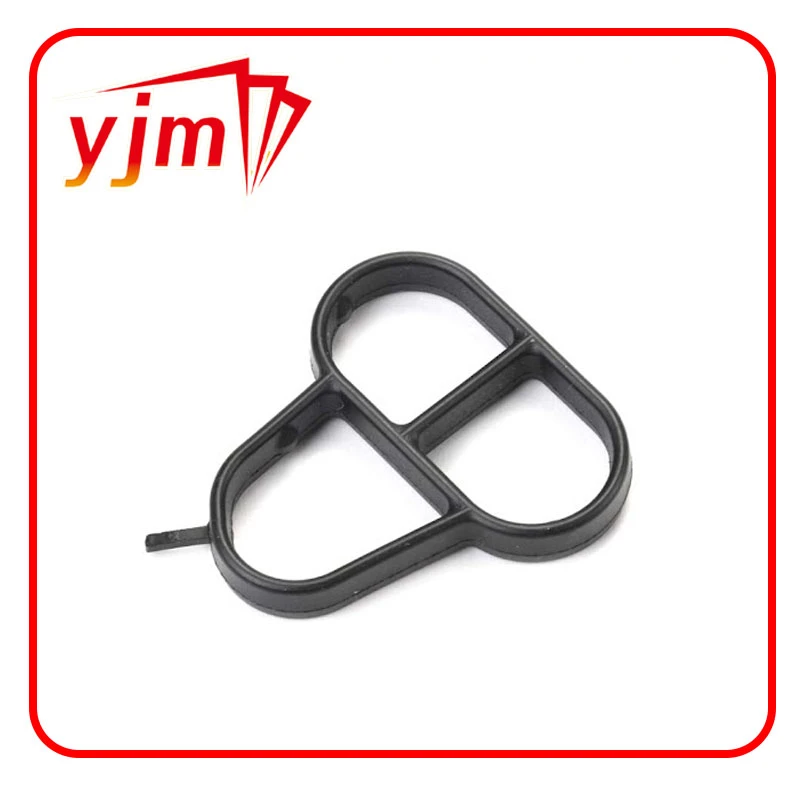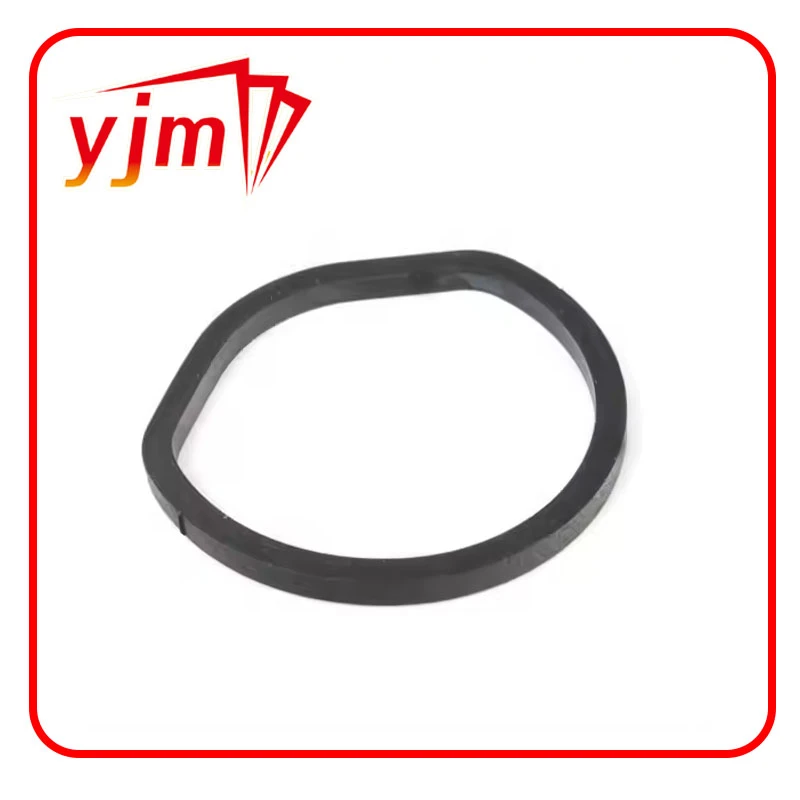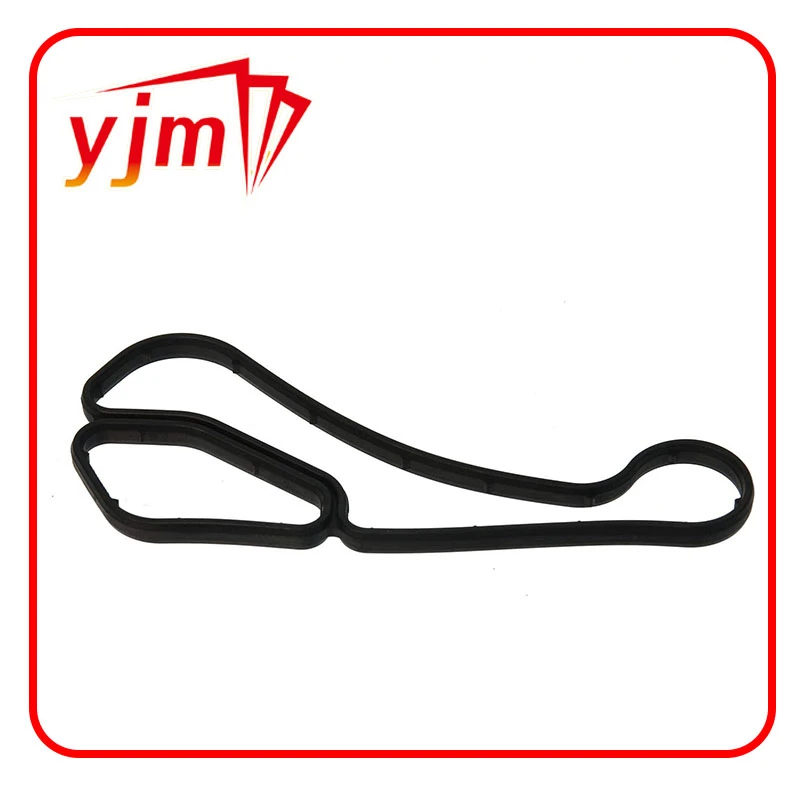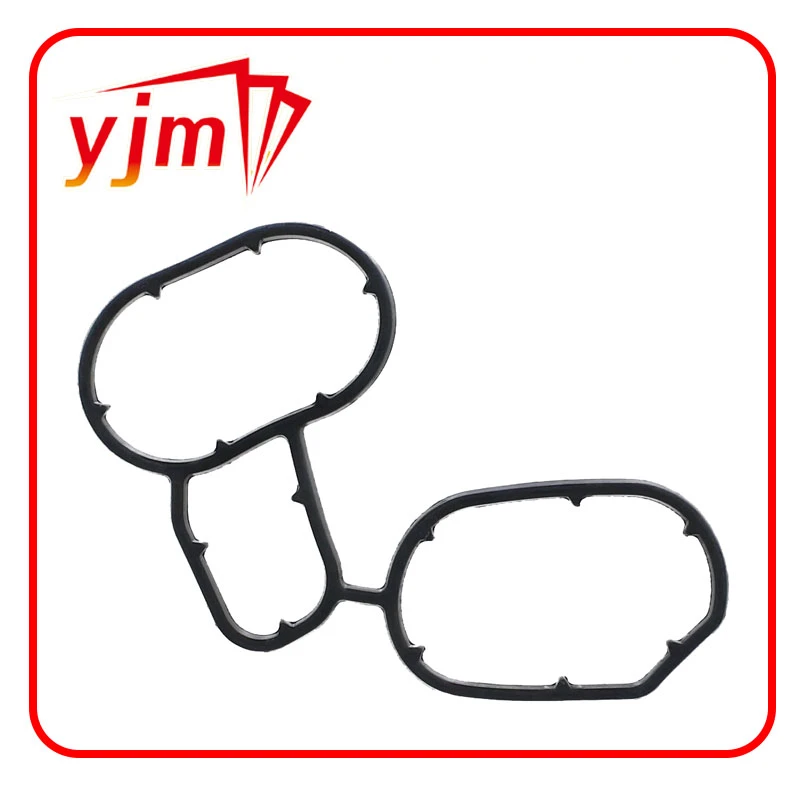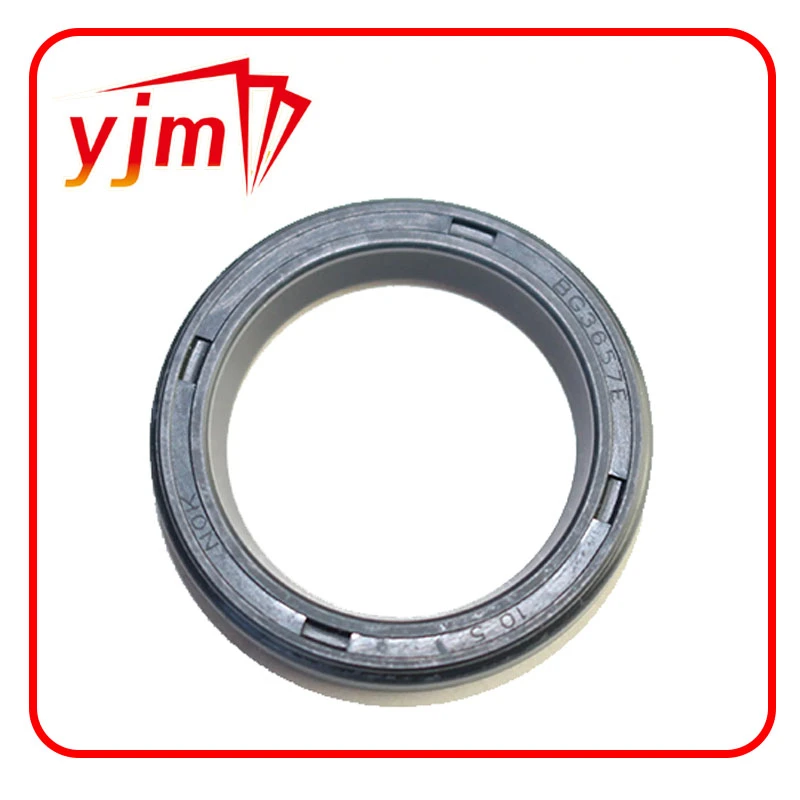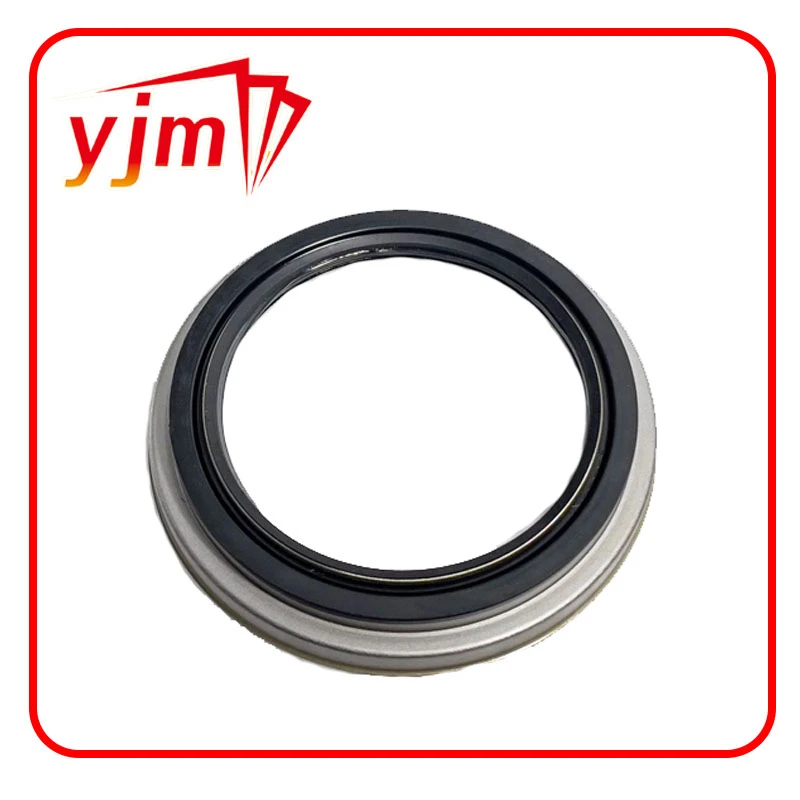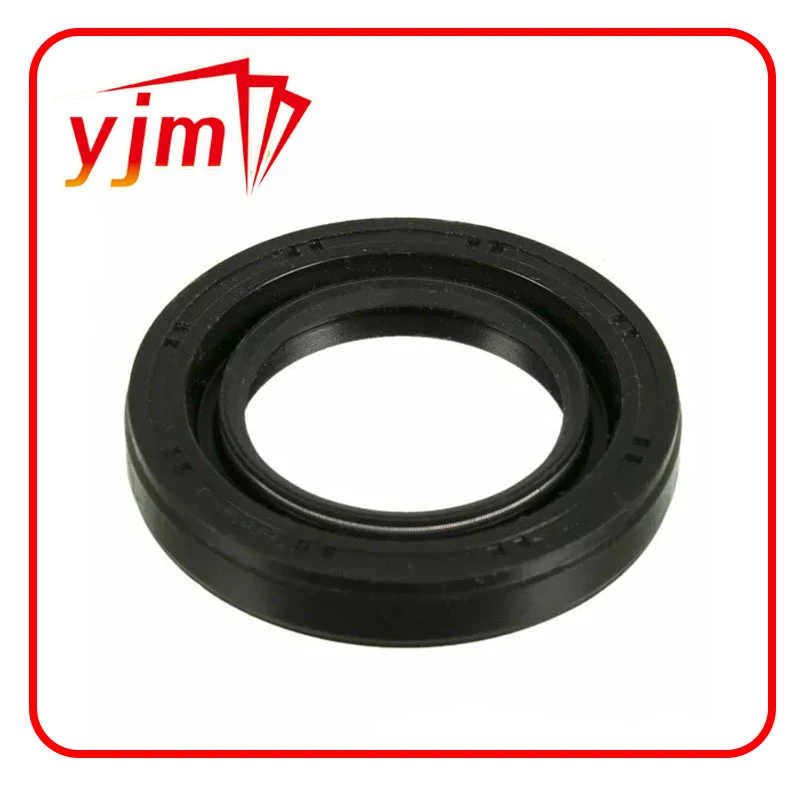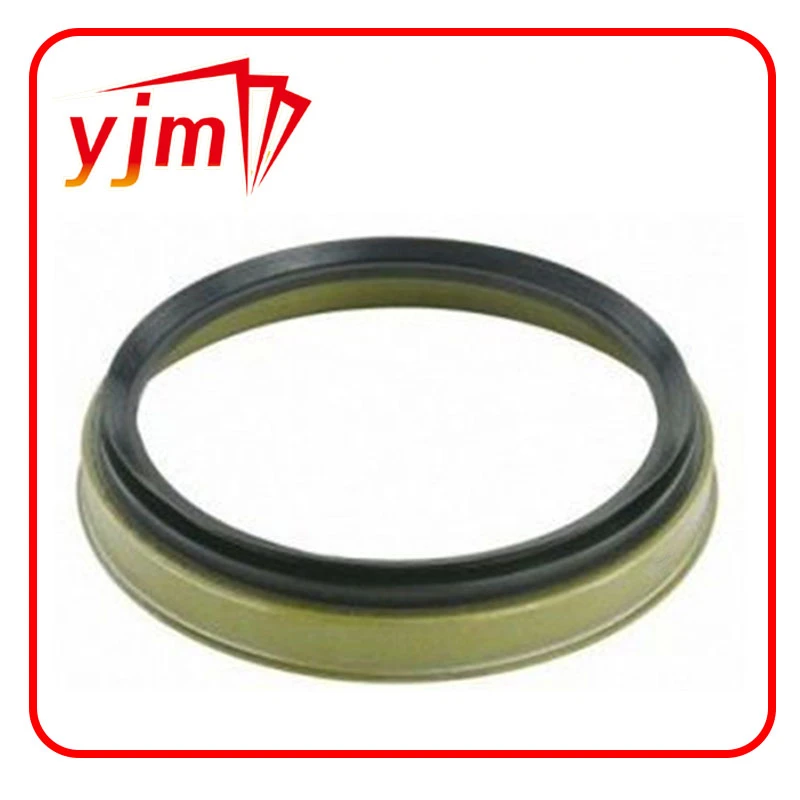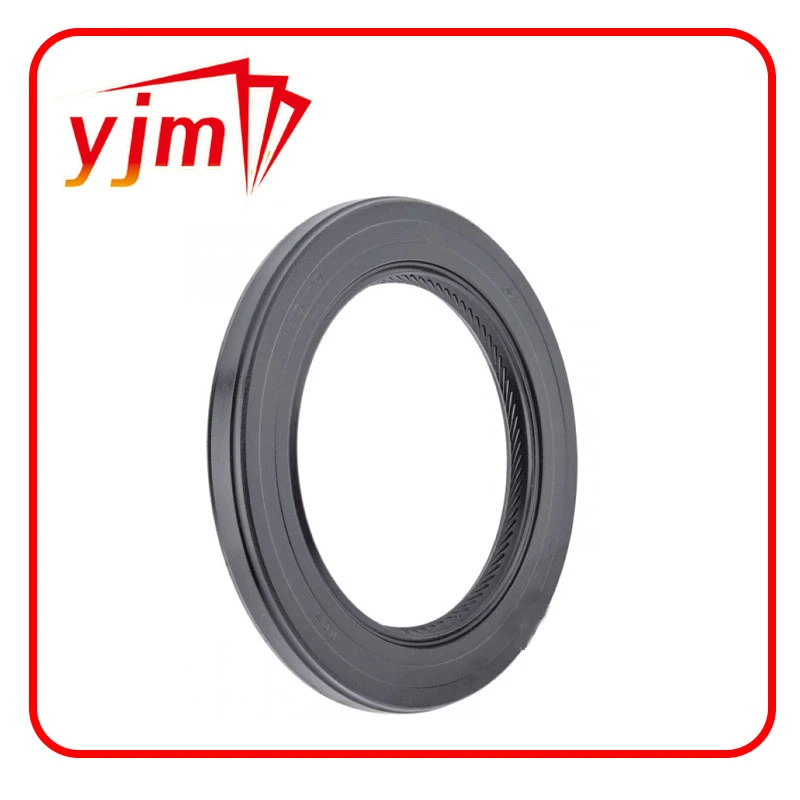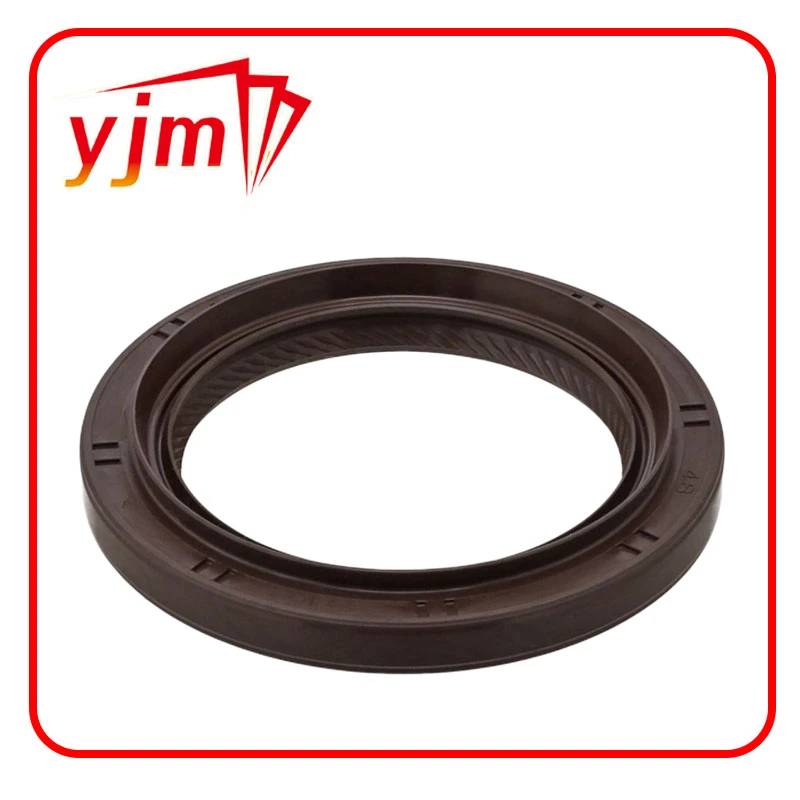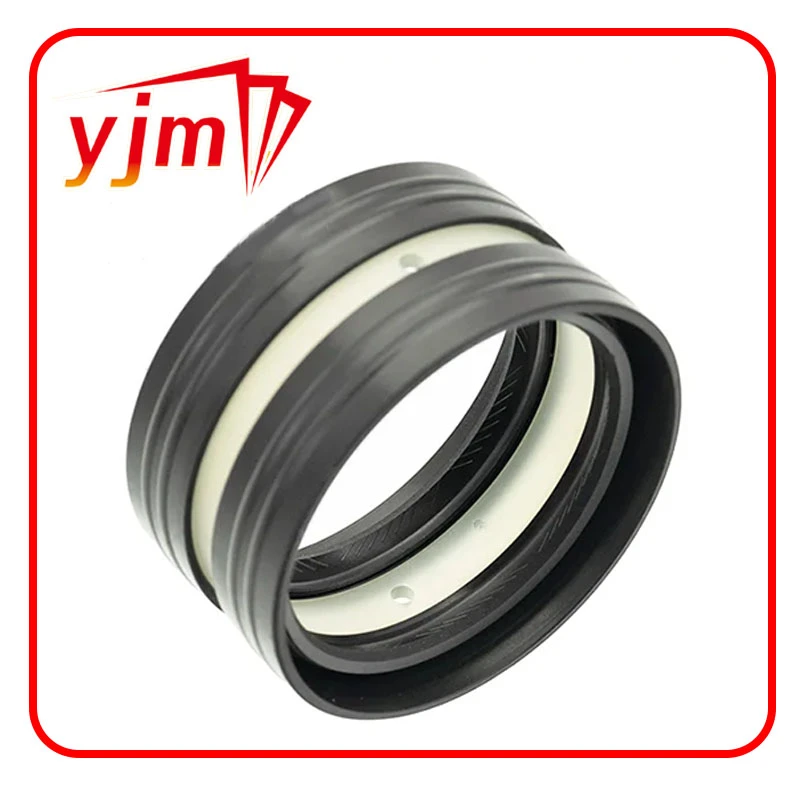Understanding the Importance of Axle Shaft Oil Seal in Vehicle Performance
Understanding Axle Shaft Oil Seals Importance, Function, and Maintenance
The axle shaft oil seal is a crucial component in any vehicle's drivetrain system. These seals play an essential role in maintaining the integrity of the axle system by preventing lubricant leakage and protecting against contaminants. Understanding the function, importance, and maintenance of axle shaft oil seals can extend the lifespan of your vehicle and enhance its performance.
What is an Axle Shaft Oil Seal?
An axle shaft oil seal is essentially a sealing device located at the interface between the axle shaft and the axle housing. Made from durable materials such as rubber or a blend of rubber and metal, these seals are designed to withstand both high temperatures and the exposure to various fluids, including engine oil, gear oil, and differential fluid. They are often located at both ends of the axle shafts, ensuring that the lubricants stay inside the axle housing while simultaneously preventing dirt and moisture from entering.
Function of Axle Shaft Oil Seals
The primary function of the axle shaft oil seal is to retain the lubricant within the axle housing. Proper lubrication is vital for the smooth operation of the axle and associated components, such as the differential gears. Without a properly functioning oil seal, lubricant can leak out, leading to insufficient lubrication inside the assembly. This can result in increased friction, overheating, and significant wear on critical components, ultimately leading to costly repairs or even complete system failure.
In addition to retaining oil, axle shaft seals also act as a barrier against external contaminants such as dirt, dust, and moisture. When these elements infiltrate the axle housing, they can combine with the lubricant to form abrasive sludge, further accelerating wear on components and potentially causing premature failure.
Importance of Regular Maintenance
axle shaft oil seal

Maintaining your axle shaft oil seals is an integral part of vehicle care. Regular inspection of seals should be part of your routine maintenance regimen. Look for signs of oil leaks, cracks, or deformations in the seals, as this could indicate potential failure. If an oil seal is damaged, it is crucial to replace it promptly to prevent further damage to the axle assembly.
Additionally, keep a check on the levels and conditions of the lubricant inside the axle. Low levels or dirty oil can impair the functioning of the seals, leading to premature wear. When changing your vehicle’s differential fluid, it’s also a good time to inspect and possibly replace the oil seals, ensuring that your axle’s lubrication system is functioning optimally.
Signs of a Failing Axle Shaft Oil Seal
Being aware of the signs of a failing axle shaft oil seal can save you from more significant issues down the line. Common indicators include
1. Oil Leaks Puddles or wet spots under your vehicle can signal a problem with the oil seal. 2. Unusual Noises Grinding or whining noises from the axle area can indicate insufficient lubrication due to a leaking seal. 3. Contaminated Oil If you notice swirling debris in your differential fluid during an oil change, it could be a sign that dirt and moisture are entering through compromised seals.
4. Vibration or Wobbling Excessive vibration while driving can point to issues with the axle, potentially exacerbated by oil seal damage.
Conclusion
In conclusion, axle shaft oil seals are an integral component of your vehicle's drivetrain, playing a vital role in lubrication retention and contamination prevention. Regular maintenance and timely replacement of these seals are essential to ensure your vehicle performs efficiently and reliably. By understanding the importance of axle shaft oil seals and the impact they have on your vehicle’s health, you can take proactive steps to ensure a longer, more reliable lifespan for your vehicle. Ignoring them could lead not only to costly repairs but also to safety hazards on the road. Therefore, give these small yet mighty components the attention they deserve.
-
Understanding the Front Main Engine Seal: Purpose, Maintenance, and Installation
News Jul.29,2025
-
Understanding O-Rings and Seal Rings: Types, Applications, and Custom Solutions
News Jul.29,2025
-
Understanding Crankshaft Oil Seals: Rear Seals, Pulley Seals, and Their Role in Engine Integrity
News Jul.29,2025
-
The Importance of Front and Rear Crankshaft Seals in Engine Performance and Oil Management
News Jul.29,2025
-
Crank Oil Seals: Functions, Types, and Cost Considerations in Engine Maintenance
News Jul.29,2025
-
A Comprehensive Guide to O-Rings and Seals: Types, Materials, and Global Applications
News Jul.29,2025
-
Mastering Diesel and Performance Engine Maintenance: A Guide to Critical Oil Gaskets
News Jul.28,2025
Products categories

